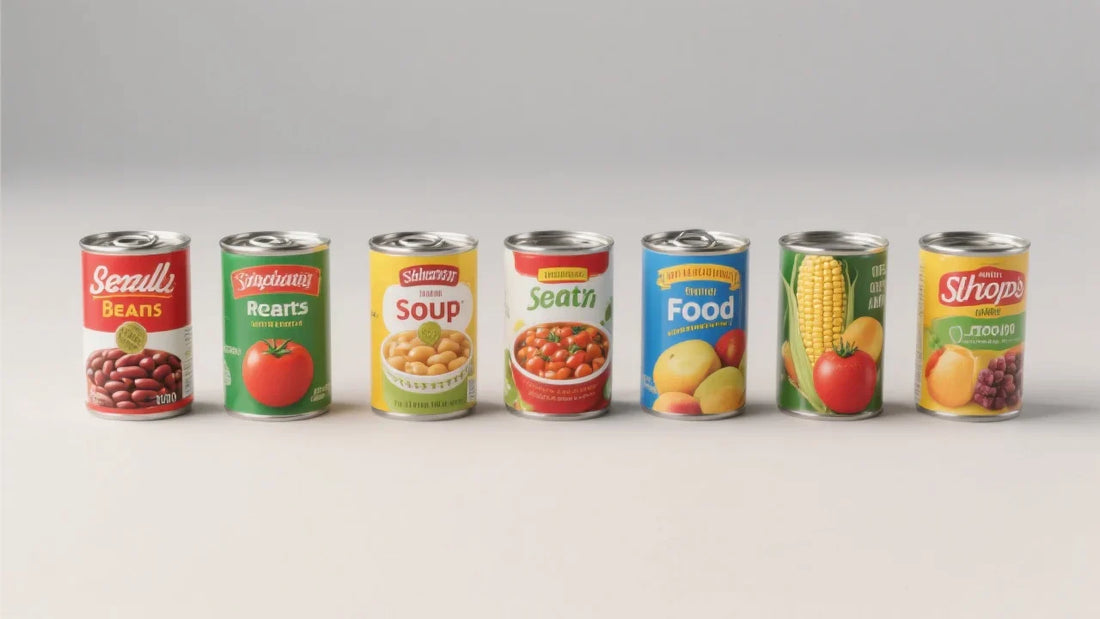
Bisphenol A (BPA): Sources and Health Effects
Share
A number of years ago now, I underwent a number of laboratory tests through my environmental medicine doctor. One of these tests, through what was then a UK-based laboratory named Acumen Diagnostics - looked for 'DNA adducts' (substances bound to DNA that should not be there) - and found bisphenol A (BPA) to be an issue for me.
The significance of the DNA adducts testing is that if a toxin such as BPA is present in in large enough quantities in the body to become bound to DNA - then its concentrations in the body as a whole are likely to be quite high. Once these toxins become bound to DNA they may also damage it and change the way genes function. Our genes regulate every process in the body so this is not a good thing at all.
It's safe to say this finding personally, could be one of many toxic exposures (mold being another) I experienced as a child - which led to chronic fatigue syndrome (ME/CFS) - by just 11 years of age. It may contribute to other Invisible Illness - but we need to wait for specific research studies.
The purpose of this blog post however, is not to go into an in-depth discussion of DNA adduct testing, but rather to look at some of the effects BPA has been shown to have on health and the major sources of this ubiquitous manmade chemical.
According to a 2007 literature review by Vandenberg et al. titled 'Human exposure to bisphenol A (BPA)' - BPA is one of the highest volume chemicals produced worldwide and is used in polycarbonate plastics and epoxy resins which in turn are used in the manufacture of countless consumer products (even kids toys!). These researchers concluded that the levels of BPA reported in the body fluids of the general population in epidemiological studies are higher than the levels required to cause detrimental effects in biological systems in laboratory experiments.
BPA has been associated with increased risk of several diseases. It is considered an 'endocrine disruptor' since it can mimic the actions of estrogen in the body. One consequence of this is that BPA can promote the growth of human breast cancer cells. In men, BPA exposure has been linked to erectile dysfunction, while animal studies suggest it may lower sperm count. Scientists have also linked BPA to higher incidence of heart disease, diabetes and liver disease in adults as well as brain and hormonal development problems in fetuses and infants.
The major source of BPA for most people is food packaging. The chemical has been demonstrated to leach out of packaging and into the food it contains before the food is consumed. Heating materials containing BPA increases the contamination of food, so microwave ready meals and those "microwaveable" plastic containers you might reheat leftovers in are not a sensible option if you wish to reduce your exposure.
The Environmental Working Group (EWG) tested 97 canned foods sold in the United States and found detectable levels of BPA in more than half. Canned meats, pasta and soups were the worst offenders.
As widely reported in the mainstream media in 2010, BPA is also found in paper reciepts!
To reduce BPA exposure for you and your family consumer health groups such as The Environmental Working Group (EWG) suggest you:
- Avoid canned foods
- Do not microwave plastic food packaging or containers
Wash plastic containers on the top shelf of the diswasher, or preferably hand wash - Avoid polycarbonate baby bottles and adult water bottles
- Avoid liquid infant formula sold in metal cans
- Wash hands after handling receipts or other printed material
- Be aware that BPA is increasingly used in non-amalgam dental fillings and many medical devices
Government regulations on safe levels of BPA exposure are considered to be outdated by many who fail to take recent medical research findings into account.
I suspect my own high levels of BPA are likely due to childhood exposures when BPA-containing baby bottles were the norm and my lifelong consumption of canned foods.
I have now removed the above sources of BPA from my kitchen cupboards and hope you will consider doing the same for the good of your health and that of your family.
Health and happiness!


